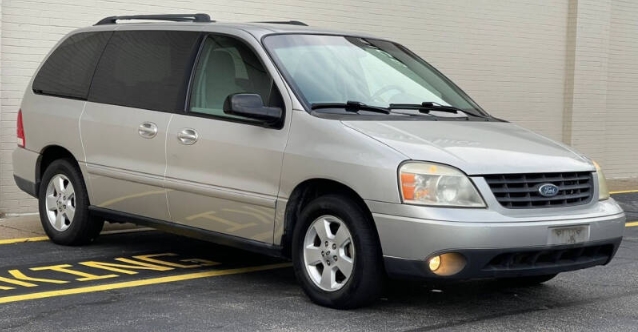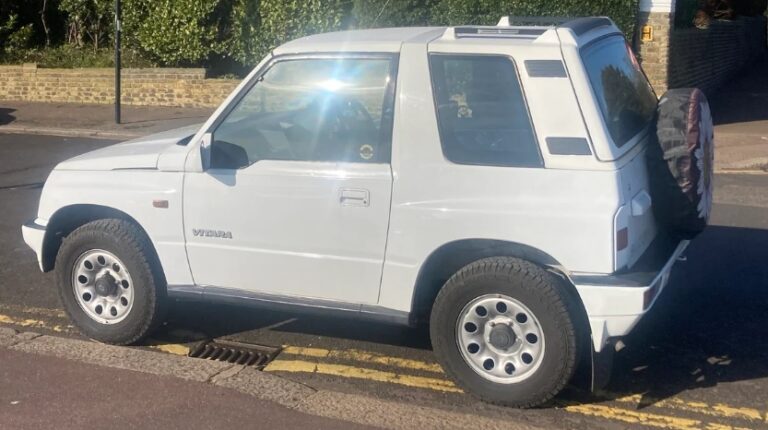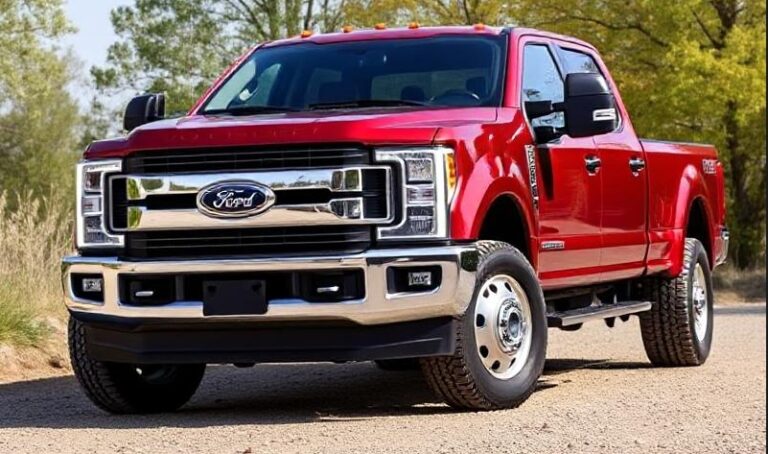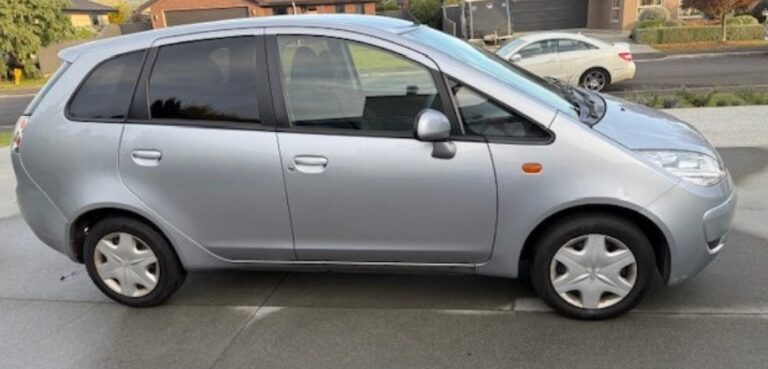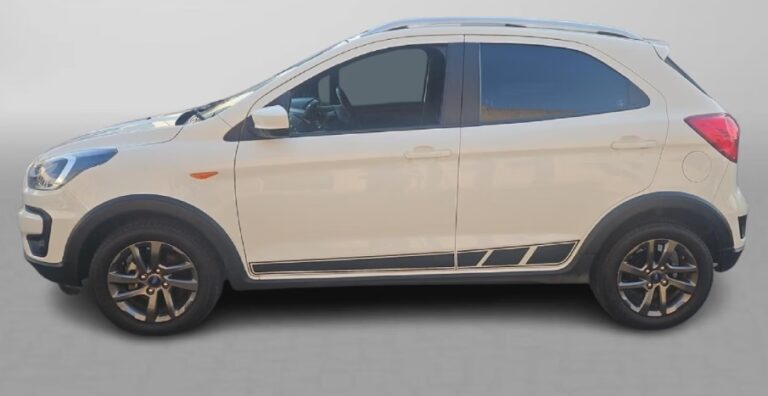The Evolution of the Ford Freestar
The Ford Freestar was a minivan that marked Ford’s foray into the competitive minivan segment during the early 2000s. Its development, production, and eventual discontinuation reflect the shifting landscape of family-oriented vehicles in North America. This article traces the history of the Ford Freestar, including its production timeline, model variations, and trim levels.
Introduction and Development
The Ford Freestar was introduced as a successor to the Ford Windstar, aiming to provide a more competitive offering in the minivan segment. During its development, Ford aimed to improve upon the Windstar’s design, safety features, and overall comfort. The Freestar was built on the Chrysler-based platform that Ford adopted after its partnership with Chrysler in the late 1990s, which provided the foundation for several Ford and Mercury minivans.
Production Timeline (2004–2007)
The Ford Freestar was produced from 2004 to 2007, marking a relatively short lifespan of just four model years. It was assembled at the Oakville Assembly Plant in Ontario, Canada. The model was part of Ford’s strategy to revamp its minivan lineup and compete with offerings like the Dodge Caravan, Chrysler Town & Country, Honda Odyssey, and Toyota Sienna.
Replacement and Discontinuation
In 2007, Ford discontinued the Freestar, choosing to phase out the minivan segment in favor of SUVs and crossovers. Its successor was the Ford Transit Connect-based minivan, but Ford primarily shifted focus toward larger commercial vehicles and SUVs during this period.
Model Years and Design
2004 Ford Freestar
- Introduction: The 2004 model year marked the debut of the Freestar. It was introduced as a replacement for the Windstar, offering a fresh design and updated features.
- Design: The exterior adopted a more modern, rounded appearance, with a focus on aerodynamics and family-friendly features.
- Powertrain: The 2004 Freestar came equipped with a 3.9-liter V6 engine generating approximately 193 horsepower, paired with a 4-speed automatic transmission.
- Features: Standard features included air conditioning, power windows and locks, cruise control, and a CD player. Higher trims offered additional luxury and convenience features.
2005 Ford Freestar
- Updates: For 2005, Ford introduced minor updates, mainly focused on refining the vehicle’s safety and comfort features.
- Safety: This included improvements in seatbelt systems and optional stability control.
- Models: The trim lineup remained consistent with base and higher-end models.
2006 Ford Freestar
- Mid-cycle Refresh: The 2006 model saw more noticeable updates, including a new grille design, revised front fascia, and interior enhancements aimed at increasing comfort and usability.
- Safety and Features: The 2006 model added standard side curtain airbags and improved the overall ride quality.
- Powertrain: The engine remained the 3.9-liter V6, with minor improvements in performance and efficiency.
2007 Ford Freestar
- Final Year: The 2007 model was the last to be produced. It included the most comprehensive set of updates, such as optional rear-seat DVD entertainment systems and enhanced safety features.
- Discontinuation: Ford announced the discontinuation of the Freestar after the 2007 model year, citing declining sales and shifting corporate priorities.
Trim Levels and Configurations
Throughout its brief production span, the Ford Freestar was offered in a limited number of trim levels, primarily aimed at balancing affordability with convenience and family-oriented features.
2004–2007 Trim Levels:
- SE (Standard Edition):
- The base model, offering essential features such as cloth upholstery, manual windows and locks, and basic audio systems.
- Focused on affordability for budget-conscious families.
- SEL (Special Edition or higher trim):
- Added features like power windows and locks, upgraded audio systems, and more comfortable interior appointments.
- Available with options such as premium audio, leather upholstery (on some models), and rear air conditioning.
- Limited (introduced in later years):
- The top-tier trim, offering luxury features including leather seats, premium audio, rear DVD entertainment systems, and additional safety features such as side curtain airbags.
- Typically equipped with power sliding doors, power tailgate, and other convenience features.
Features and Innovations
While the Ford Freestar was not as revolutionary as some of its competitors, it did incorporate several features aimed at family convenience and safety:
- Seating Capacity: Up to seven passengers, with flexible seating arrangements, including fold-flat seats.
- Safety Features: Standard dual front airbags, side curtain airbags (on higher trims), anti-lock brakes (ABS), and traction control.
- Entertainment: Optional rear-seat DVD and entertainment systems in higher trims.
- Accessibility: Power sliding doors and optional remote keyless entry systems.
.
SEARCHING for those hard to find FORD manuals, guides & books?
This place has you covered! SEE All FORD Manuals From 1920 – 1989.
CHOOSE the year of your vehicle:

.
Market Reception and Legacy
The Ford Freestar received mixed reviews during its production run. Consumers appreciated its spacious interior and family-friendly features but criticized its styling and driving dynamics compared to competitors like the Honda Odyssey and Toyota Sienna. Its short production span and limited model evolution indicated that Ford’s focus was shifting to other vehicle segments.
Despite its limited lifespan, the Freestar served as an accessible family minivan for many consumers during the mid-2000s. Ford’s decision to discontinue the model was part of a broader strategy to phase out traditional minivans in favor of crossover SUVs, which offered similar or greater versatility with more modern styling.
Post-Discontinuation and Collector Value
Since its discontinuation, the Ford Freestar has become a relatively rare sight on the road. Its affordability and straightforward design make it a candidate for used minivan buyers, especially those seeking a budget-friendly family vehicle. However, due to its short production run and limited model years, it remains a niche vehicle with a modest collector value.
Conclusion
The Ford Freestar was a brief but notable chapter in Ford’s minivan history. Produced from 2004 to 2007, it sought to compete in the crowded family vehicle segment with a straightforward approach, offering basic to premium trims with family-focused features. Its evolution over the years was marked by minor refreshes rather than major redesigns, reflecting Ford’s shifting priorities in the late 2000s.
Today, the Freestar remains a reminder of Ford’s attempts to capture the minivan market during the early 2000s, serving as a practical choice for budget-conscious families and enthusiasts interested in its straightforward design. Its legacy, though brief, illustrates the evolving nature of family transportation and Ford’s strategic adjustments in response to market trends.
